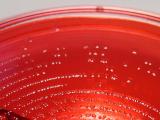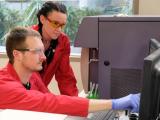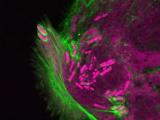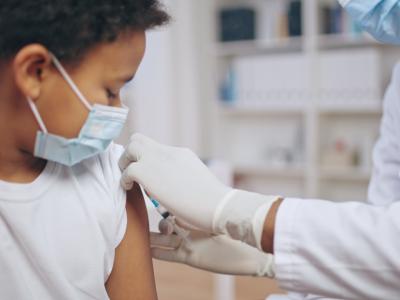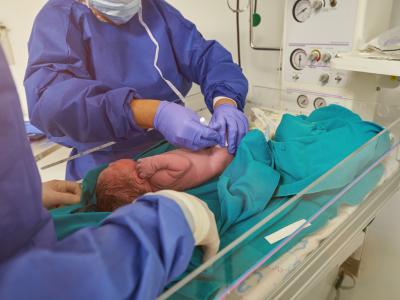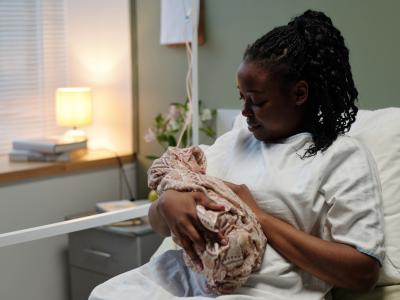The Centers for Disease Control and Prevention (CDC) is warning clinicians and public health officials of emerging strains of Shigella bacteria with reduced susceptibility to ciprofloxacin, one of the main antibiotics used to treat shigellosis.
In a health advisory issued yesterday, the CDC said it has identified an increase in Shigella isolates in the United States with minimum inhibitory concentration (MIC) values of 0.12 to 1.0 microgram per milliliter (mcg/mL) for ciprofloxacin, a fluoroquinolone antibiotic, and that preliminary data suggest that all Shigella isolates with ciprofloxacin MICs in this range harbor at least one quinolone resistance gene. Shigella isolates without a quinolone resistance gene typically have a ciprofloxacin MIC of 0.015 (mcg/mL) or less, the CDC says.
MIC values are used to determine the resistance of an organism to an antimicrobial agent. Antibiotics with lower MIC scores are considered more effective, because the lower MIC value means less of the drug is required to inhibit growth of the organism. Clinicians in turn use MIC values as a guide for choosing which antibiotic to use to treat an infection. But the advisory notes that under the current interpretive criteria of the Clinical and Laboratory Standards Institute (CLSI), Shigella isolates with a ciprofloxacin MIC of 1.0 (mcg/mL) or less are considered susceptible to ciprofloxacin.
While the agency does not yet know whether using fluoroquinolones to treat a Shigella infection with a ciprofloxacin MIC of 0.12 to 1.0 mcg/mL is associated with worse outcomes or increases the risk of transmission, it's recommending that clinicians consider other antibiotics out of concern that fluoroquinolone treatment may be less effective and may increase the risk of secondary cases.
"Clinicians treating patients with multidrug-resistant shigellosis for whom antibiotic treatment is indicated should avoid prescribing fluoroquinolones if the ciprofloxacin MIC is 0.12 mcg/mL or higher even if the laboratory report identifies the isolate as susceptible, and should work closely with their clinical microbiology laboratory and infectious disease specialists to determine appropriate antimicrobial therapy," the CDC advised.
Growing resistance
Shigella bacteria, mainly S sonnei and S flexneri, cause about 500,000 cases of diarrhea in the United States each year and are highly contagious. Exposure to even the smallest amount of contaminated fecal matter can cause illness. Shigella infection most commonly occurs from eating food contaminated by people who have shigellosis, but it is also associated with travel to disease-endemic areas, crowding, poverty, and attendance at daycare centers.
While diarrhea caused by Shigella usually resolves without the need for antibiotics, antibiotic treatment can shorten the duration of symptoms in more severe cases. Yet antibiotic resistance in Shigella is a growing problem, with resistance to traditional first-line antibiotics like ampicillin and trimethoprim-sulfamethoxazole now common and resistance to azithromycin and ciprofloxacin—the two drugs most commonly used to treat shigellosis—on the rise.
The CDC, which declared antibiotic-resistant Shigella an urgent threat in the United States in 2013, estimates that 27,000 US Shigella infections annually are resistant to one or both of these antibiotics.
In its health advisory, the CDC said rising resistance to fluoroquinolones in Shigella isolates could be related to the emergence of plasmid-mediated quinolone resistance (PMQR) genes in Shigella species in the United States. PMQR genes are a concern because of their ability to spread fluoroquinolone resistance to Shigella bacteria that have never been exposed to the drugs; they can also spread resistance to other types of bacteria. While high prevalence of PMQR genes in Shigella bacteria has been reported in countries such as China and India, prevalence in US Shigella is currently unknown, the CDC said.
Guidance for clinicians, health officials
The agency recommends that clinicians order stool culture for patients suspected of having a Shigella infection, and order antimicrobial susceptibility testing for isolates. In patients for whom antibiotic treatment is indicated, clinicians are advised to use the susceptibility testing results to guide antibiotic choice, with special attention given to MIC values for fluoroquinolone antibiotics.
Because shigellosis is a nationally notifiable condition, all cases have to be reported to local health department. The CDC says clinicians should include the identification of isolates with a MIC value of 0.12 mcg/mL or higher in their reports. In addition, public health officials are urged to submit those isolates to the state public health laboratory for whole-genome sequencing, which can identify quinolone resistance genes.
The CDC says it will continue to monitor trends in antimicrobial susceptibility of Shigella isolates. The agency added that it is working with clinical and public health partners to determine if ciprofloxacin is associated with worse outcomes in patients infected with Shigella strains carrying quinolone resistance genes.
See also:
Apr 18 CDC health advisory



